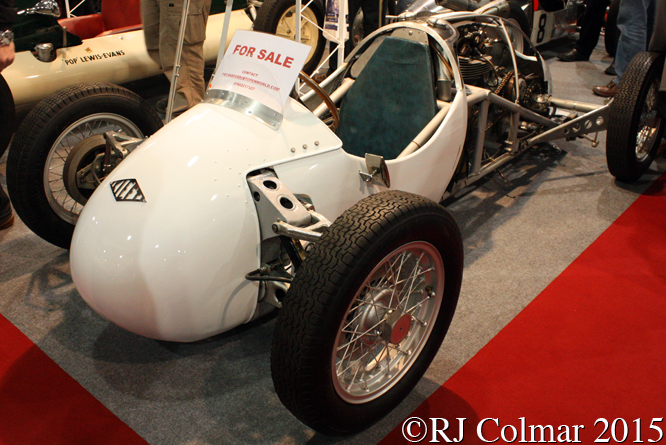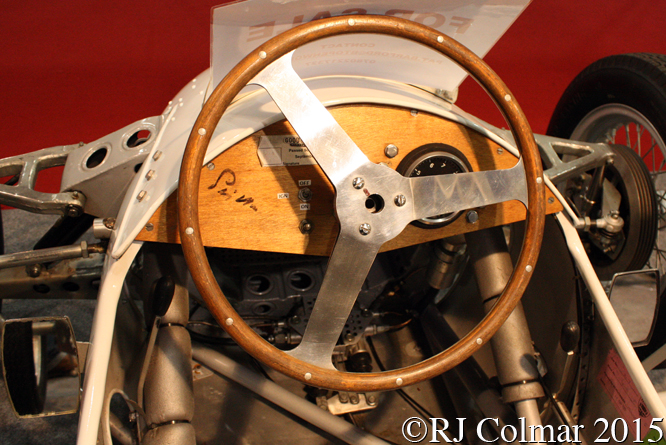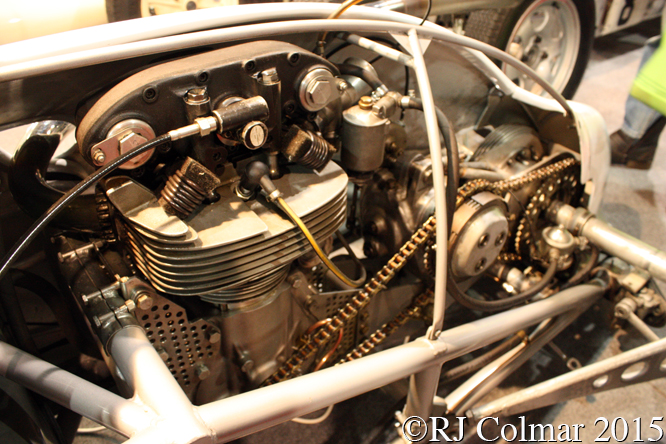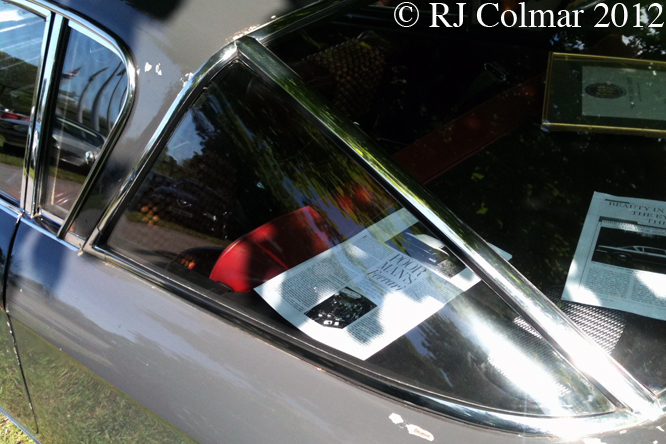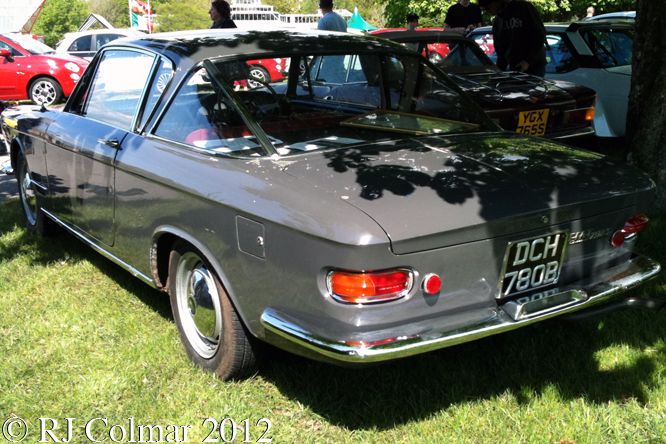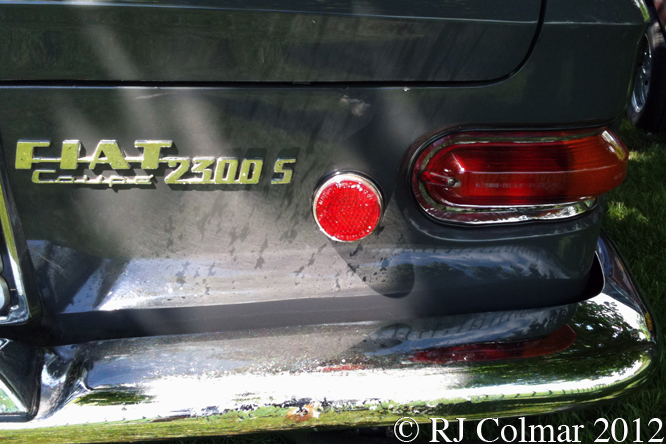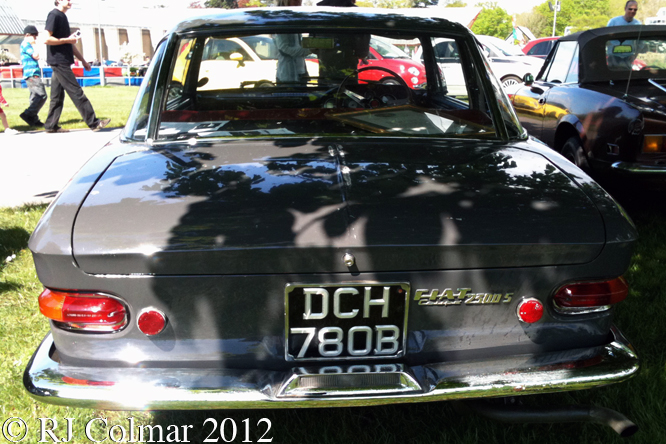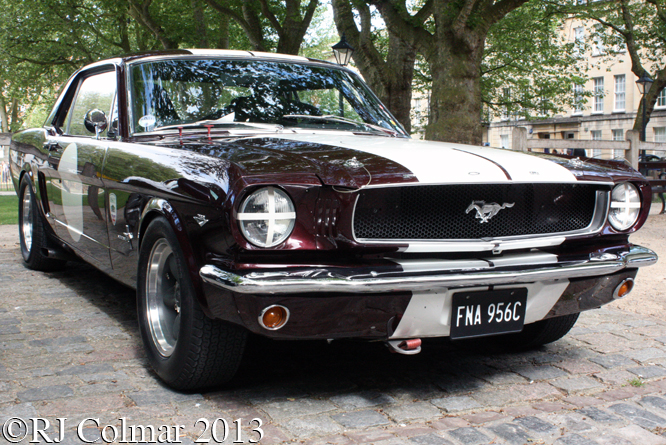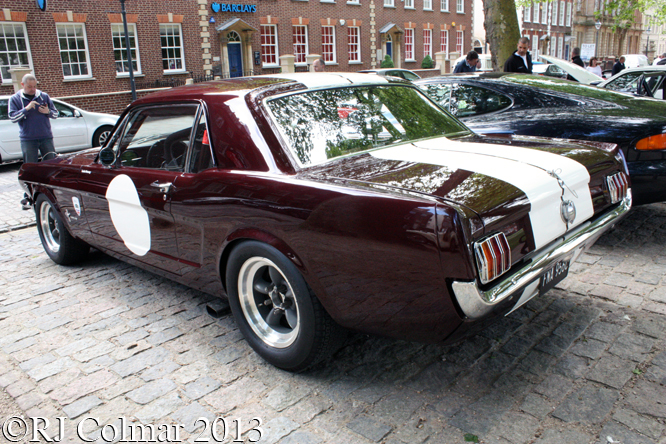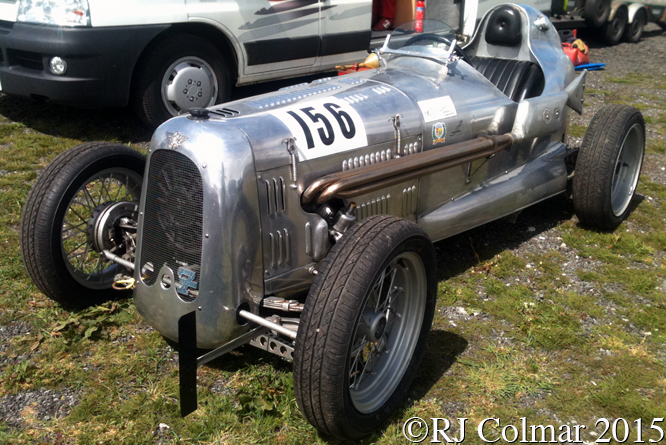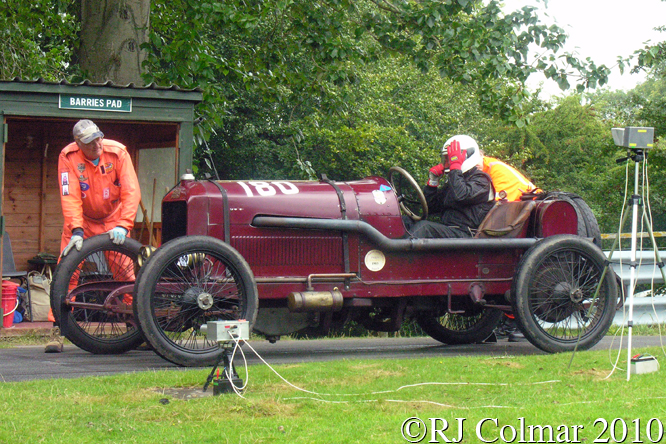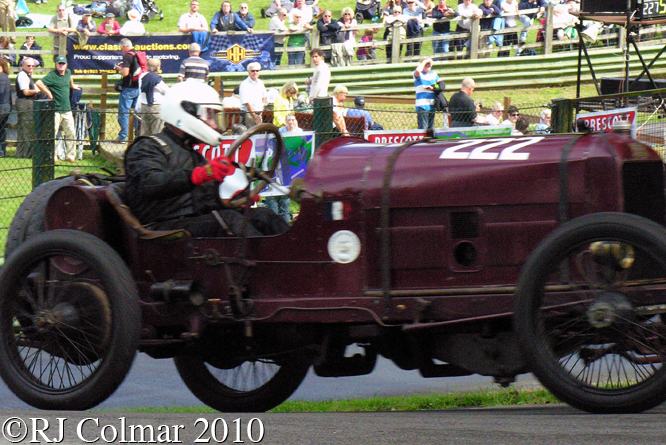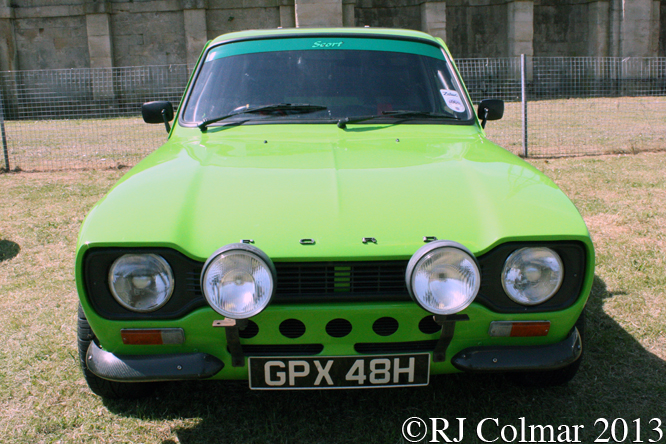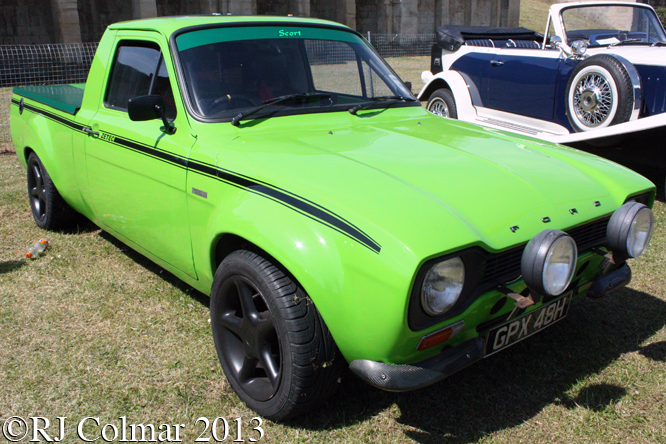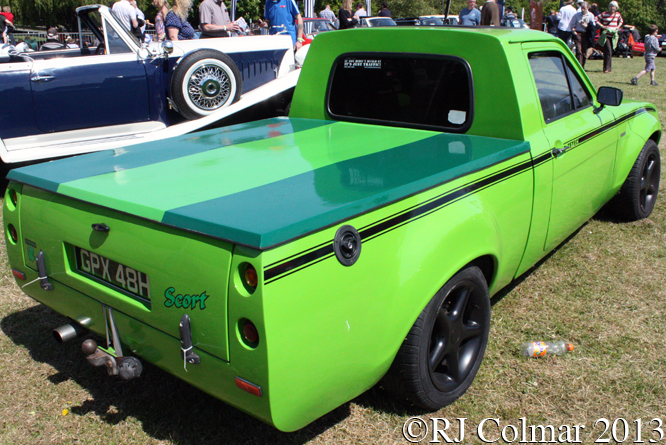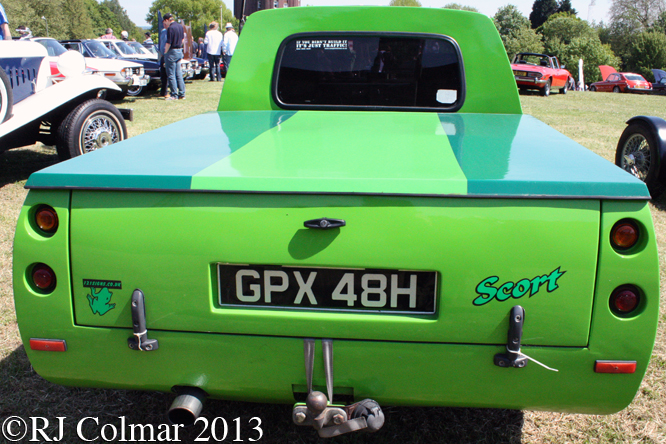Like the Wonder Bread Special I looked at last year today’s featured chassis is credited as being the handy work of Herman Rigling who is said to have built no fewer than 8 of the 40 chassis that started the 1931 Indy 500.
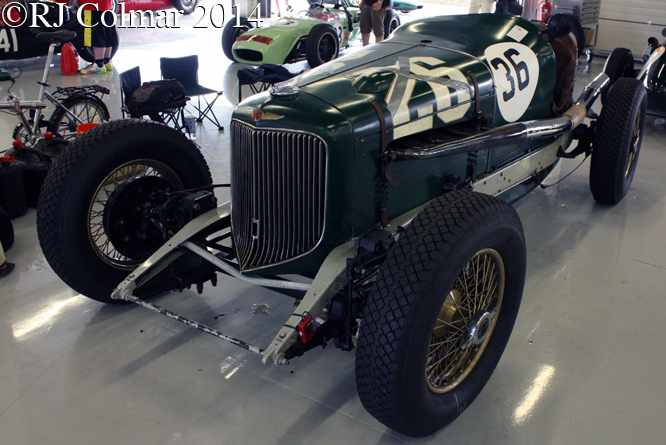
Foremost of the 8 entries that Herman had a hand in building was the Buick powered #12 example driven Phil Schafer known as the Schafer 8 which started 23rd and finished 12th.

The following season Phil returned to Indy to drive the #33 Shafer 8 Rigling Buick from 26th on the grid through to an 11th place finish.
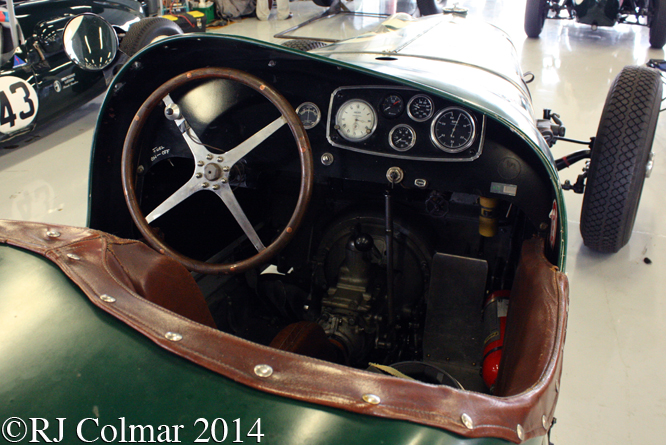
In 1933 Phil was absent from the Indy 500 grid having failed to qualify the #7 Abels Fink Auto Special in an officially sanctioned qualifying session, he did qualify on the morning of the race, but officials realised they had overstepped their jurisdiction by allowing the running of a qualifying session on race day morning !
However the #8 Abels Fink Auto Special, Phil’s Shafer 8 dating back to 1931 , was driven by H W Stubblefield from 10th on the grid to a fifth place finish.
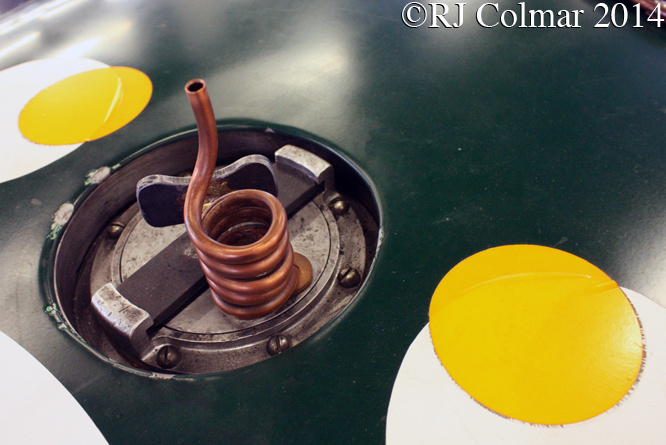
Phil entered two Shafer 8’s for the 1934 Indy 500, it would appear his original Rigling Buick was entered as the #36 for Al Miller and his mechanician Pinky Donaldson while Phil and mechanician Earle Frost drove the #26 Shafer 8.
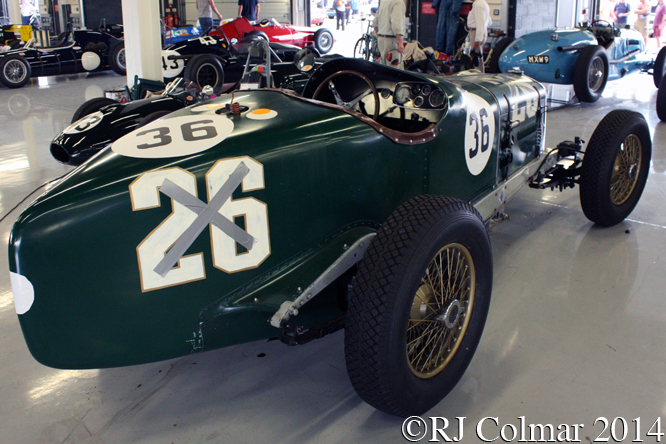
Al drove to a 6th place finish from 8th on the grid while Phil starting from an Indy 500 career high 6th on the grid recorded his only Indy 500 retirement with a broken cam shaft drive after completing 130 laps to be classified 16th in his last drive at the Brickyard.

Phil continued competing in the AAA championship until 1936 and continued to participate in the Pikes Peak Hillclimb until 1952.
Heinz Bachmann is seen at the wheel of a Rigling Buick above that is believed to be the Shafer 8 that Phil Shafer failed to qualify at Indy in 1933 but with which Paul won the AAA non Championship race at Elgin Illinois, as described at the end of the post by John Glenn Printz, and raced in his final Indy start in 1934.
My thanks to Vitesse2 and Michael Ferner at the Nostalgia Forum for their help with some of the details in today’s story, I highly recommend reading Michael’s retelling of the 1933 Indy 500 qualification saga part 1 of which appears linked here and part 2 linked here with the race report linked here.
Thanks for joining me on this “Shafer 8” edition of “Gettin’ a li’l psycho on tyres” I hope you will join me again tomorrow when I’ll be looking at a DIY Backie. Don’t forget to come back now !


